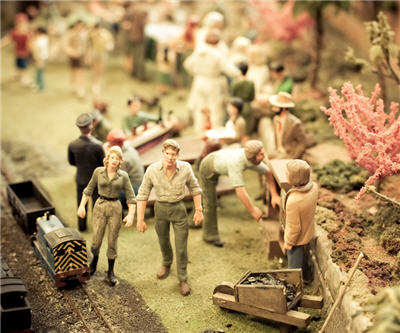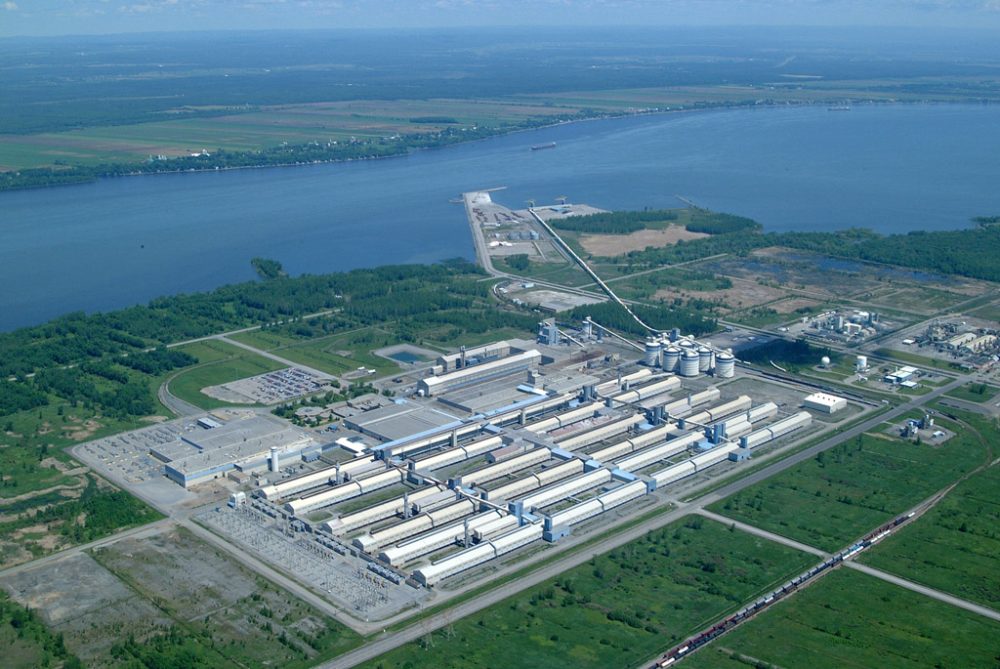Pacific Northwest coal battle ignites

The US coal industry has settled on an unlikely candidate to build America’s largest coal terminal. Bellingham is a small coastal city 32 kilometers south of the Canadian border known for being one of the few cities in the US to rely solely on solar and hydro-generated electricity and its innovative building efficiency program.
Plans are now underway for a new $500 million bulk dry goods facility to ship 28 million tonnes of coal and potentially 8 million tonnes of potash to Asian markets and HuffingtonPost reports the plans have sparked a fierce fight in this otherwise quiet college town that also reflects the ongoing global concern over continued reliance on fossil fuels, particularly in the rapidly industrializing nations of Asia.
National Geographic News reports Bellingham residents – including the mayor of this city of 81,000 – are focused on the noise, pollution, and traffic congestion raised by the Gateway Pacific Terminal project which will see an additional 18 trains rumble through town daily. Meanwhile, the port operator and labour unions emphasizes the promise of 1,250 permanent jobs and $200 million annually in new economic activity.
CrossCut reports at full capacity, Gateway Pacific would export some 48 million tons of coal a year, from the Powder River Basin in Wyoming, shipped via the BNSF Railroad to the terminal. Another 8 million tons might be added, perhaps from grain or potash. The world’s number one listed coal miner and trader Peabody Energy has contracted for the first 24 million tons if the project is built.
HuffingtonPost reports on a study of by the University of British Columbia that identified a doubling of coal particles near a terminal in Robert’s Bank, BC and research that suggest about 500 pounds of coal dust is estimated to blow off each open-top rail car on the trip from the Powder River Basin to the Pacific Coast. Because there will be approximately 150 rail cars in each train, that could amount to nearly 40 tons of coal per trip.
{{ commodity.name }}
{{ post.title }}
{{ post.date }}

Comments
Ken
About time there was some payroll in this colledge town. Since the demise of Georgia Pacific my son went over 2 years without work while union coal miners are making over $30.00 per hour in Montana as it is hard to find a $16. an hour in this dead town.
If it goes ahead it should be a “right to work site” so the non-union locals get a chance at a decent paying job and the unions don’t make it uncompetitive after a few years and a few strikes.
My 2 cents.
Ken Viney in Napa Ca.